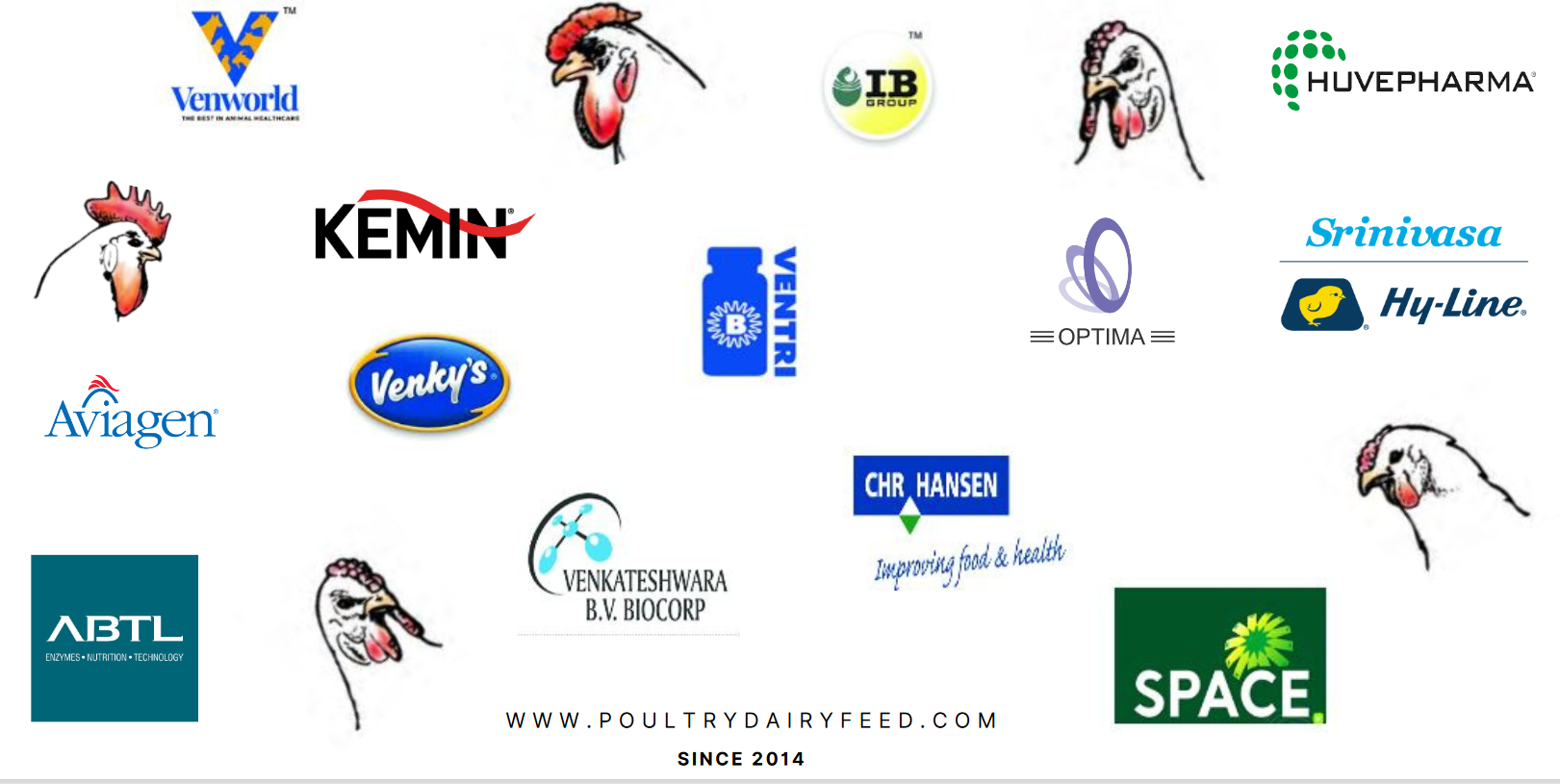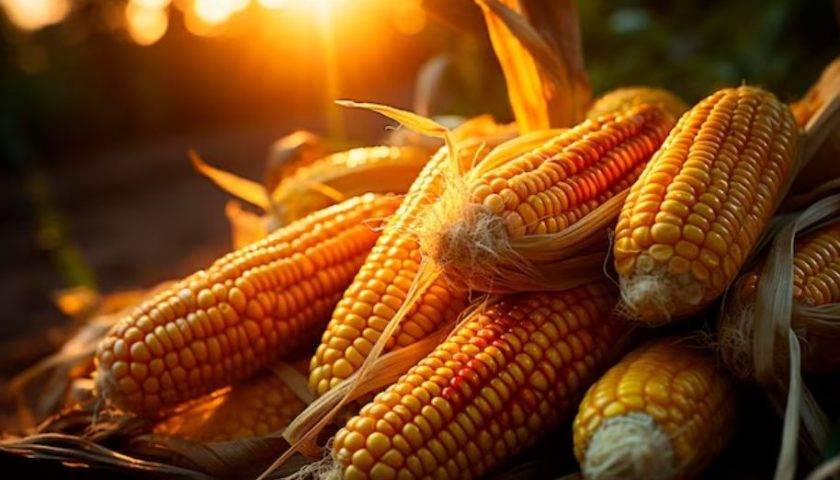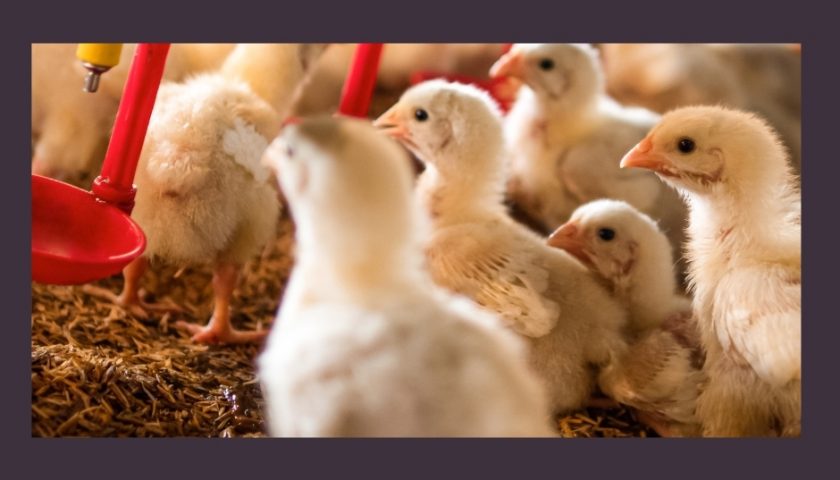In recent months, the global poultry industry has experienced a sluggish growth phase. However, a recent report from Rabobank suggests that the fourth quarter of 2023 and early 2024 may bring positive changes, thanks to improved demand and reduced costs. The projected growth for the global poultry market in 2023 is modest, expected to increase by 1.2%, which is below the historical average of 2.5% per year. Despite this, Rabobank remains optimistic about the market’s positioning for the upcoming year.
Nan-Dirk Mulder, senior analyst of animal protein at Rabobank, pointed out that after facing slow growth in poultry consumption due to a weak global economy and rising prices, there is room for recovery. This recovery is attributed to lower feed costs, leading to reduced chicken prices. Poultry is expected to benefit from its competitive pricing compared to other proteins like beef, pork, and alternatives. Rabobank anticipates that global trade will continue to be robust in the second half of the year, building on the record-high trade volume of 7.2 million tonnes in the first half. The increase in trade is primarily attributed to raw poultry meat, while processed poultry products have experienced a significant decline in trade.
Brazil stands out as a major beneficiary, with its exports of raw chicken meat growing by 16% in the first half of 2023 compared to the previous year. However, Rabobank suggests that China and Thailand may need to shift their focus to raw chicken trade to maintain their competitive positions.
Market balance is identified as a crucial factor for profitability. Some markets, such as the United States, South Africa, Indonesia, and Brazil, are grappling with oversupply issues. In contrast, others like Europe, Russia, Thailand, Mexico, Japan, and Malaysia have maintained a relatively balanced market. China, however, has experienced fluctuations in margins.
The report highlights the role of avian influenza (AI) in market conditions. While Japan has been significantly impacted by AI, especially in culling layers, recent outbreaks in Europe and North America have primarily affected wild birds. The presence of AI in various regions may lead to temporary restrictions on global trade and shifts in trade flows. Mulder advises producers to focus on the operational side, considering the recent drop in corn and wheat prices. Despite the expected slight drop in feed prices, operational costs remain high, and uncertainties in grain prices, influenced by factors like El Niño, as well as energy prices and availability, pose risks. Maintaining leadership in terms of costs and procurement is emphasized as key for producers in navigating these market conditions.





